Witold Gombrowicz, a Polish writer of international renown, spent the last years of his life in Vence. In the village you will find traces of his presence. It is worth seeing the Old Town in Vence and its fountains from which mineral water flows.
Vence is a village on the French Riviera that well-known artists particularly liked, including: Ida Rubinstein, Raoul Dufy, Marc Chagall, D.H. Lawrence, Henri Matisse, and of course the already mentioned, Witold Gombrowicz. Nostradamus was also infatuated with the city, and he wrote the lines: “garden of Vence, marvel of Provence”.
The history of the Old Town of Vence dates back to the 12th century. It is surrounded by a tight wall of tenements, but there are five gates you can enter by. Each of these gates comes from a different age and tells a different story. Entering any gate and walking around this small area you will come across some interesting places, about which I write below.
What to do in Vence
In the center of the Old Town, next to the city hall building, stands the Cathedral of the Holy Virgin Mary. On both sides of the entrance there are stones engraved with dedications to the emperors from the first century. Inside the cathedral, you can see a mosaic by Marc Chagall.
Strolling through the old and narrow streets you can walk to Place Godeau, where the cemetery used to be. Opposite the belfry is the entrance to the dark and roofed, rue des Portiques. It is the remains of an old Roman road that led to the episcopal city of Cimiez, today a district in Nice.
From the fountains in Vence flows mineral water, drinkable and supposedly having health properties. Information about the mineral composition is placed on boards next to some fountains.
The former castle of Villeneuve (le Château de Villeneuve) can be found outside the walls of the Old Town. You just have to go out through the gate nearest the square where Gombrowicz’s tenement house stands and look right. You will then be at Place du Frêne, where there is an impressive ash tree, planted, according to legend, by the French King Francis I when he stayed in Vence in 1538. The castle stands just behind the tree. Currently, it houses a museum of contemporary art with over 80 valuable works, including artists who created their work in Vence.
Another attraction is the Chapel of the Rosary (Chapelle du Rosaire), decorated by Matisse, which stands outside the medieval village at 466 Avenue Henri Matisse. Visiting it costs about 6 euro (payment in cash only ). It is open on Tuesdays and Thursdays from 10AM to 11:30AM and from 2PM to 5:30PM, and on Mondays, Wednesdays, and Saturdays from 2PM to 5:30PM.
Gombrowicz in Vence
Witold Gombrowicz was a respected and well-known Polish writer – Ferdydurke is one of his famous works. He lived right next to the Old Town in the historic Villa Alexandrine. It stands at one corner of the Place du Grand Jardin. This Belle Époque-style building stands out from the surrounding area, so it’s not difficult to find.
On the right side of the entrance there is a commemorative plaque with information about the outstanding former inhabitant of this tenement house. Gombrowicz lived on the second floor between the years 1964 and 1969. At that time, he was already internationally renowned for his literary Nobel Prize nomination in 1968. The writer died the following year, and his grave is in the municipal cemetery in Vence. From Place du Grand Jardin you can walk there in just a few minutes.
How to get to Vence
You can reach Vence from the Park Phoenix bus station in Nice taking buses no. 400 and 9. The journey lasts about an hour, and the ticket costs the standard 1.50 euro. Of course, you can also get there by car or scooter. I do not recommend traveling by bike because the village is located quite high up. There are no train connections from Nice.
Just a few kilometers from Vence is the beautiful, small medieval village of Saint-Paul de Vence. It is worth visiting it along the way!

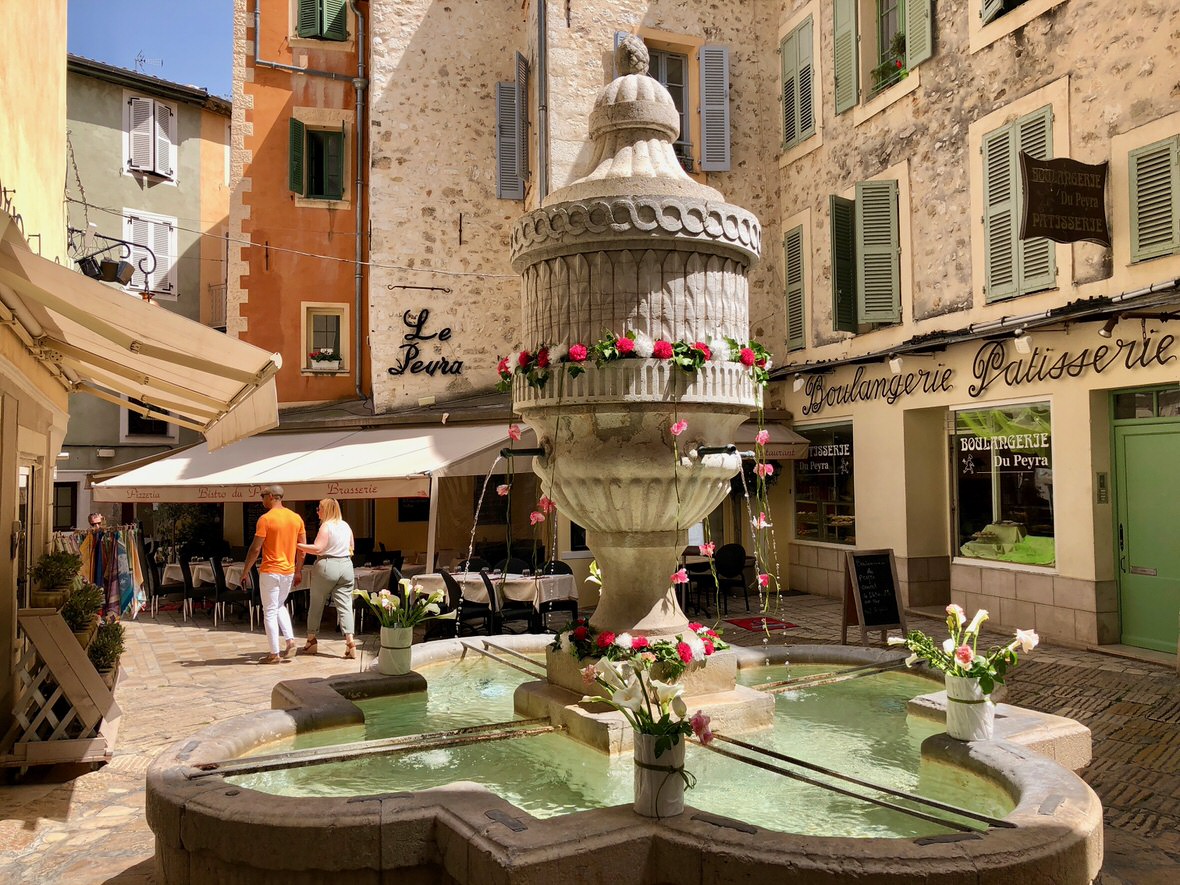
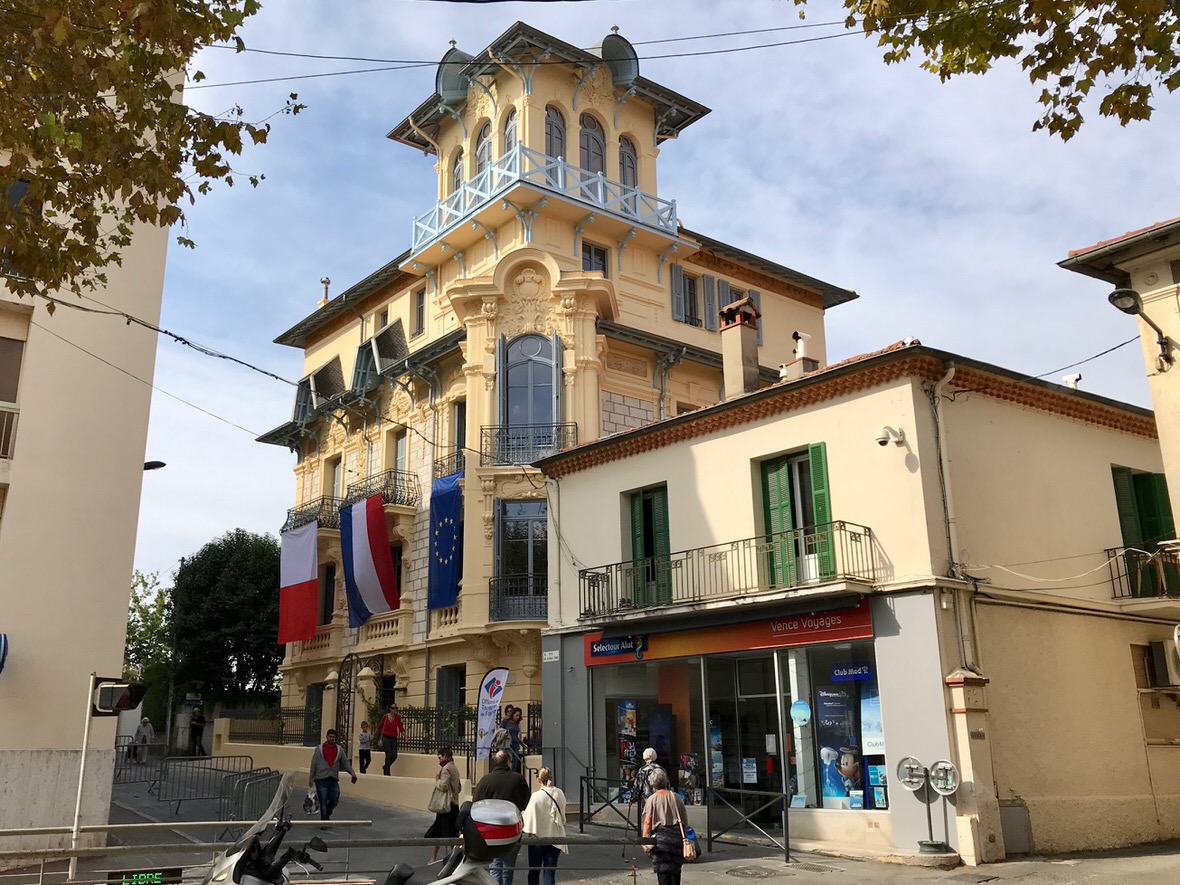
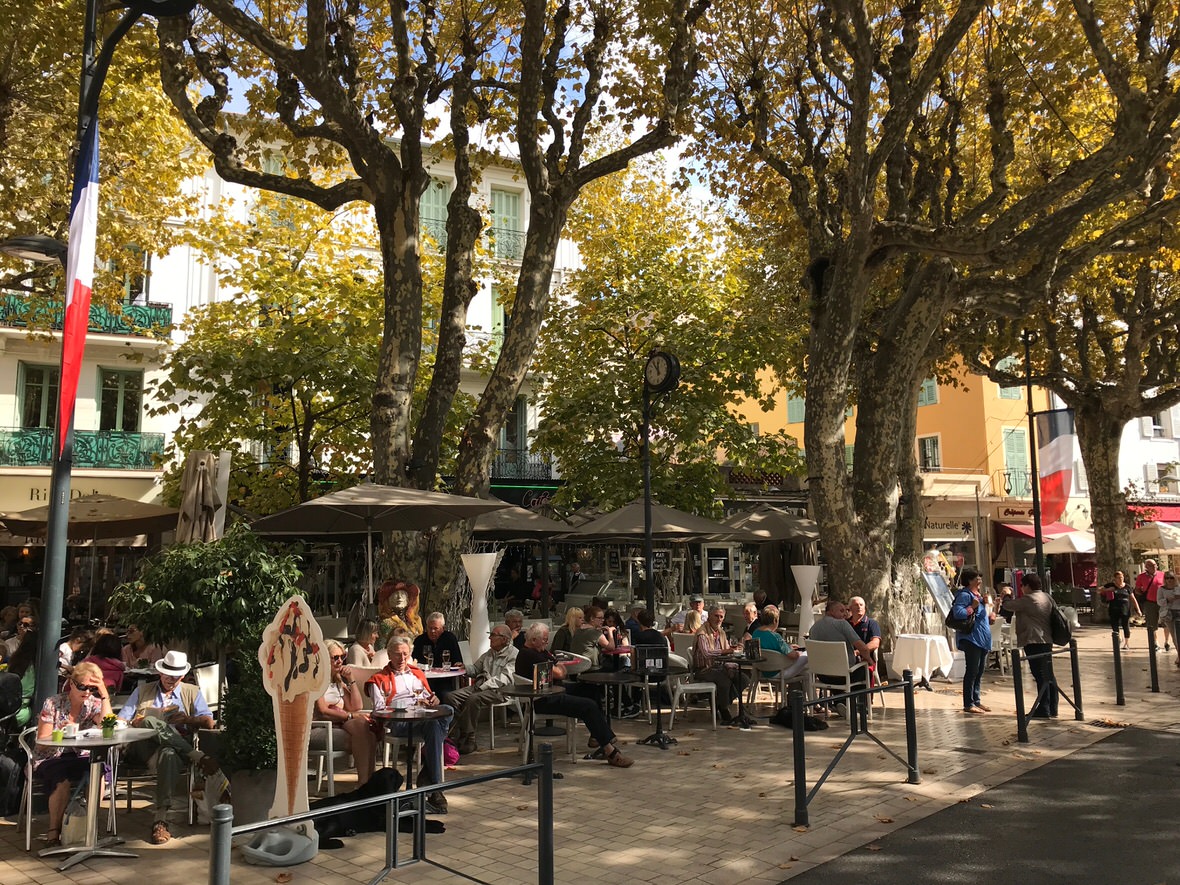
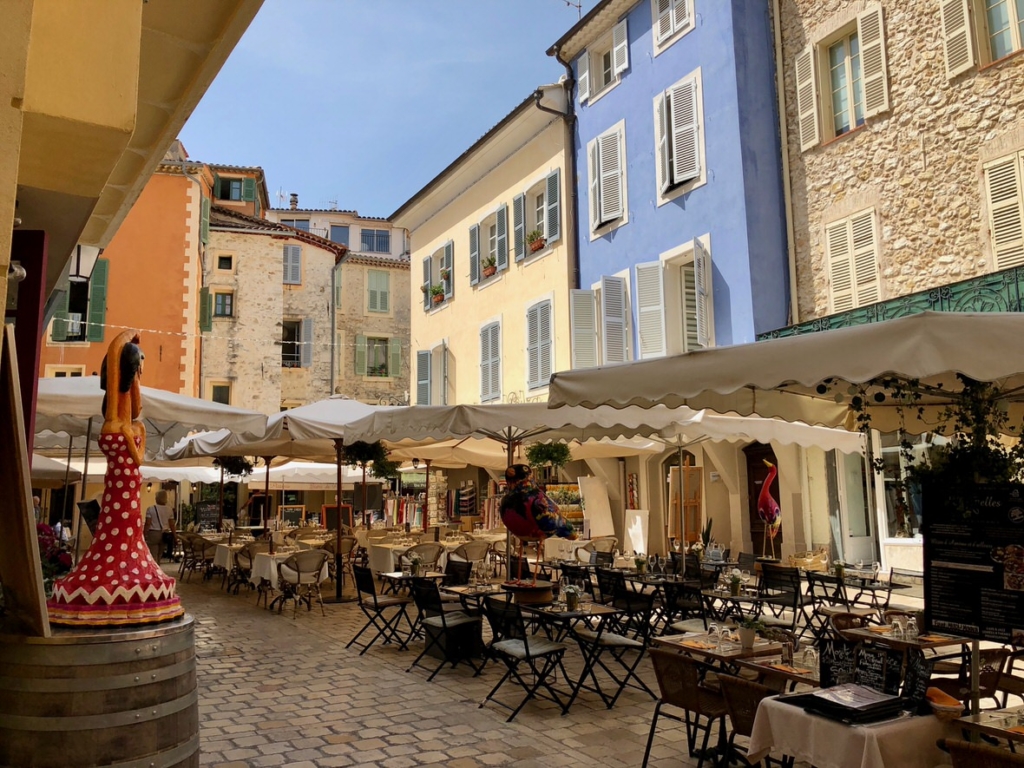
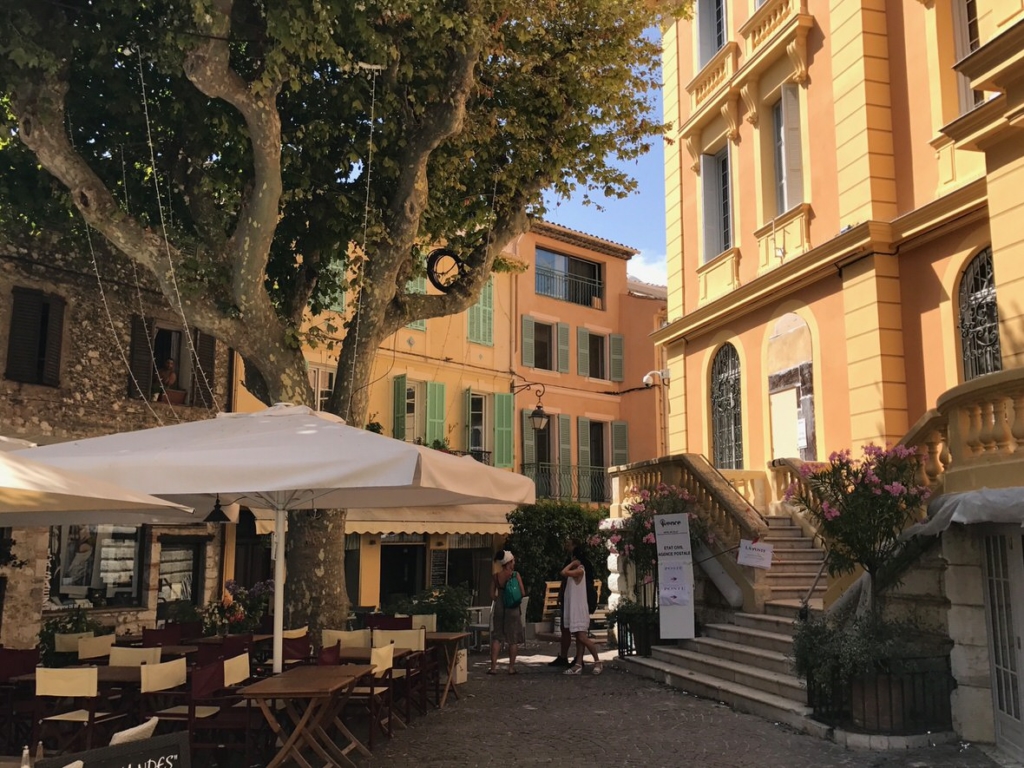
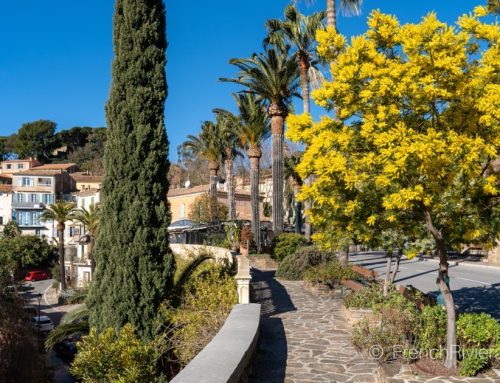
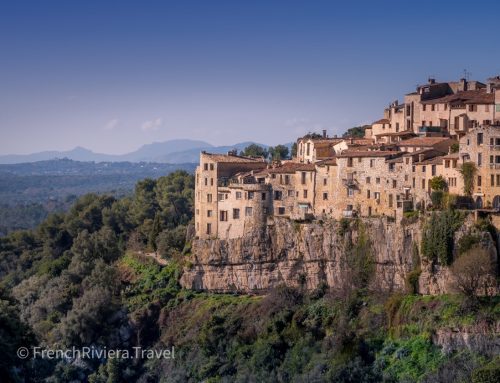
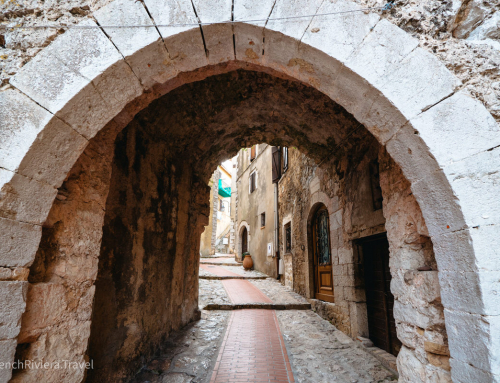
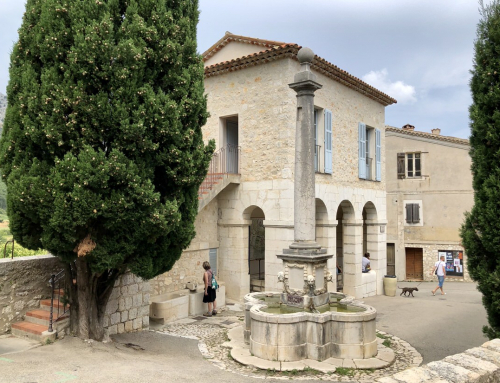
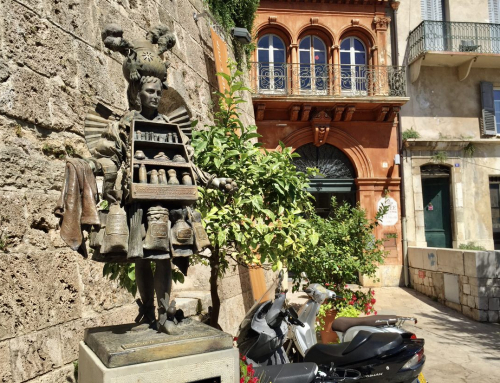

Leave A Comment